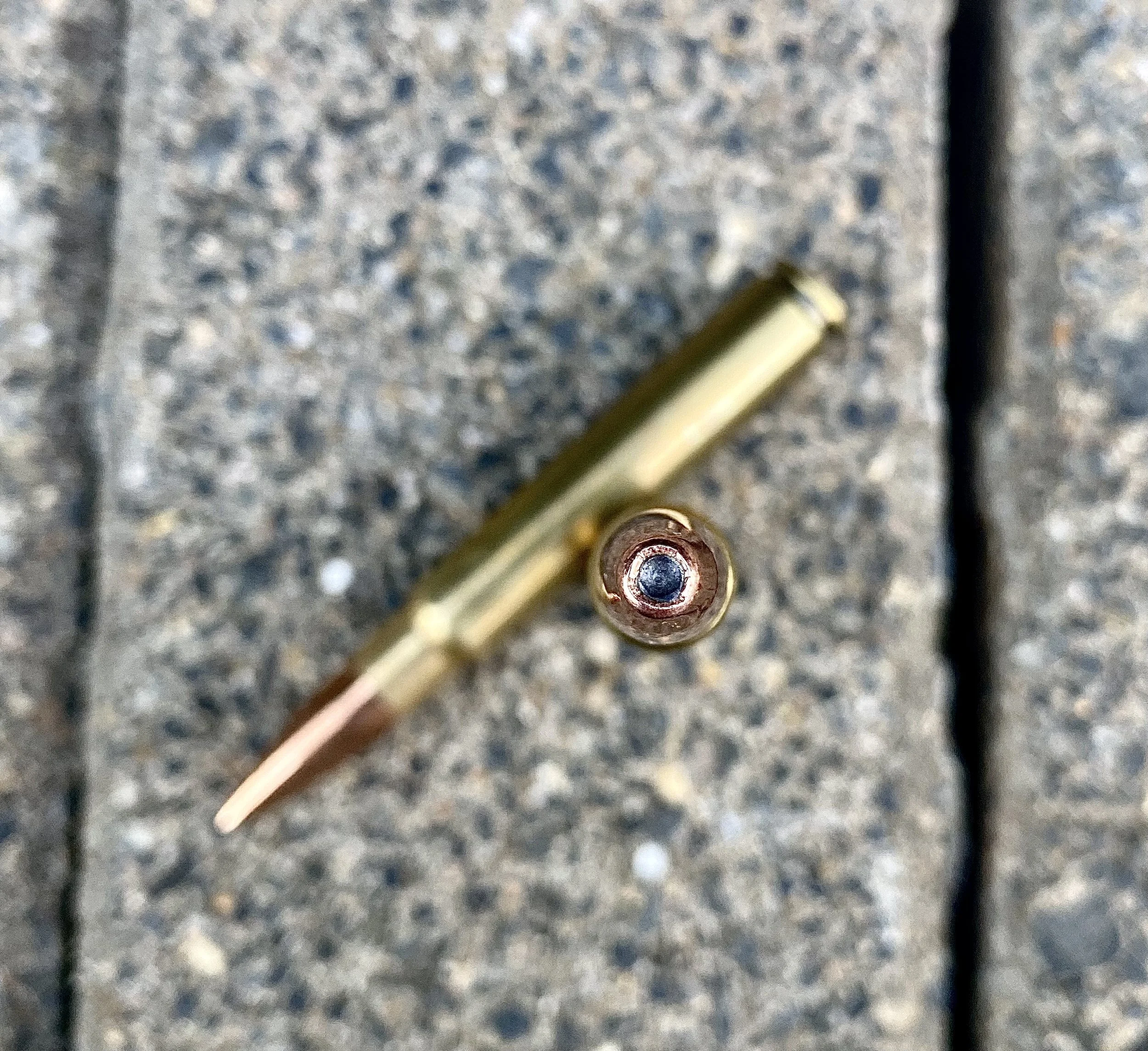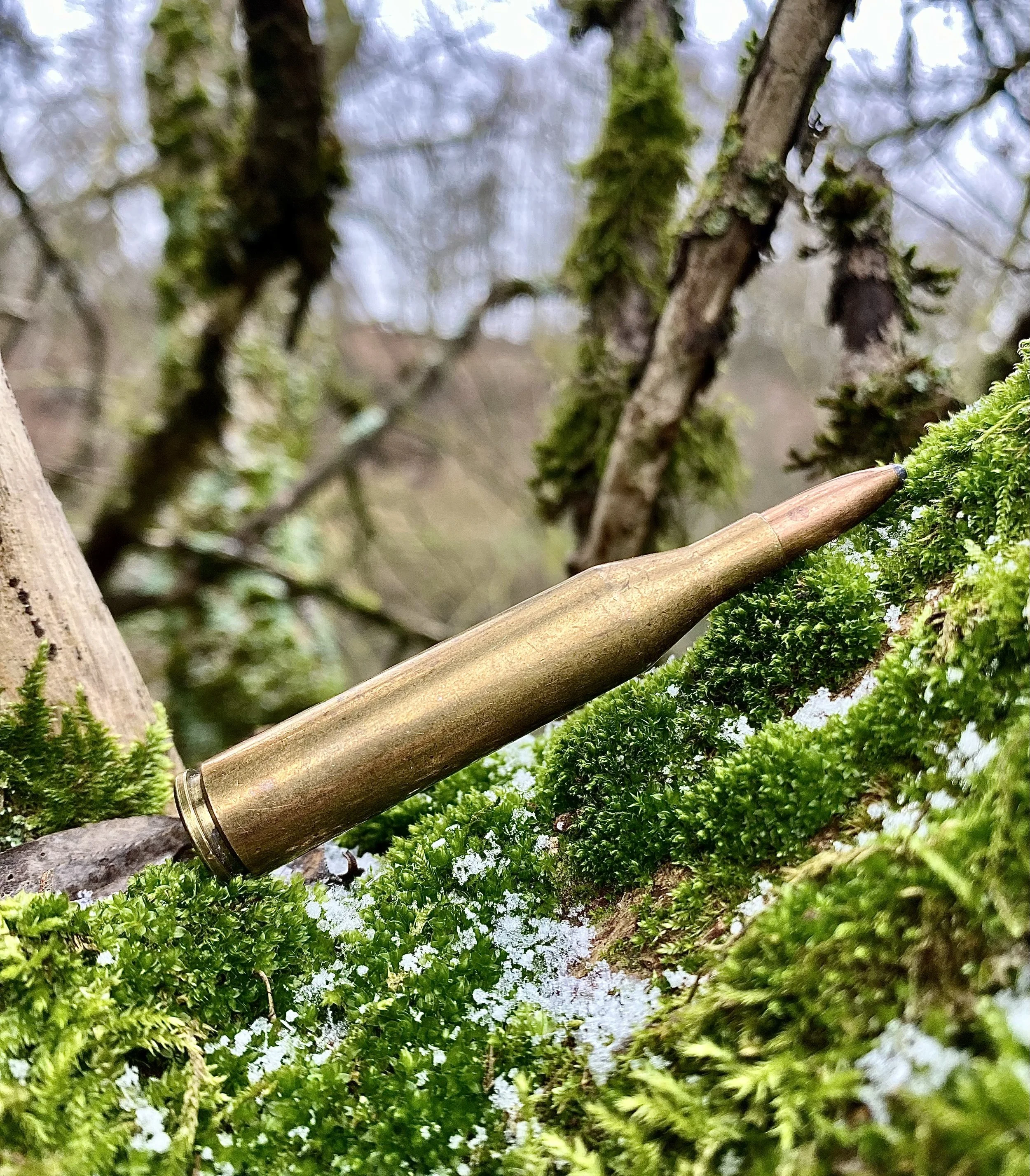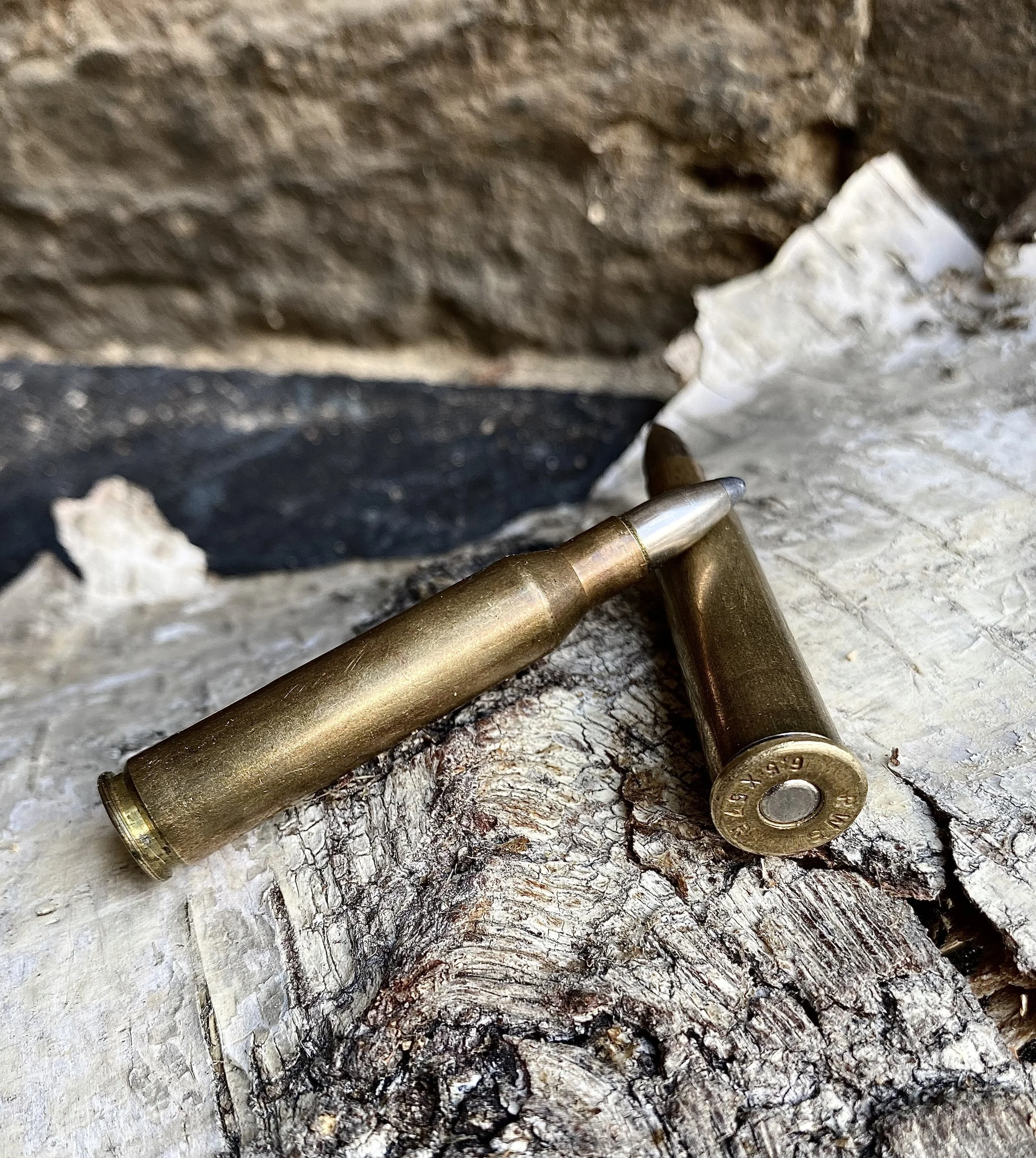Pheasant Hunting Blizzard
Snow lay a foot deep. Perfect for pheasant hunting. Half the switch grass and big bluestem was pressed to a horizontal tangle. A southeast wind blew flakes in fits and flutters. Covey was coursing the field, bouncing up and over the taller grasses to keep track of me.
Image shows Covey, a tri-colored English setter, plunging through snowy grass to retrieve a pheasant.
Covey charges in to fetch a downed rooster buried in snow while brother Bob waits patiently.
Fresh pheasant tracks decorated the snow, leading me toward a fence line snowdrift bordering a corn stubble field. Three-toed prints ended at a clump of big bluestem. A hen’s barred tail feathers protruded like an exclamation point. Bird here! Covey swept over, slammed onto a point 20 yards from me. Bird. Dog. Man. Suspended animation. Only grass and snowflakes moving. And then the hen lost her nerve. Erupted, triggering two more hens and a rooster behind me. I spun, swept the 20 gauge past the rising ringneck and knocked it from its flight. Covey marked the fall and raced me for the retrieve. As we ran, I heard a second rooster flushing behind me.
Our annual South Dakota winter pheasant hunting expedition was underway.
English setter retrieving a rooster pheasant in snowy field.
"Hey boss, I think you dropped this." Covey fetches a rooster from a bare field beyond the snow-choked CRP grass.
There’s no hunting like snow hunting. There’s no hunting I know that can compare with the challenge and satisfaction of pheasants in the snow. A blanket of white concentrates, sometimes settles, even tames wild roosters. Snow, when deep and fluffy, slows and often stops roosters' running ways.
“We need a corn field,” Brad declared. “There aren’t many this year. Too wet to plant. But I know one on the north end of a Waterfowl Production Area. Turn left and go three miles…”
Hunting dog standing in snow at edge of standing cornfield.
Corn is a prime food for SD pheasants, but the wet growing season of 2019 prevented most fields from even getting planted. When we found one, we found birds nearby.
The WPA was a familiar one. We’ve been taking ducks, geese, mink, muskrats, jackrabbits, sharp tailed grouse, and pheasants off it for 50 years and it looked as if this might be 51.
“Covey’s birdy!” I shouted over the wind. Brad and Bob drifted toward me as Covey zig zagged an invisible scent trail through the snow-choked grass toward the sedges, reeds, and cattails edging the pothole wetland. If there’s one thing we’ve learned over five decades of pheasant hunting it’s that these birds love wetland rushes and cattails. They’d rather stand in knee-deep water among cattails than hunker in dry prairie grasses. This one was no exception. It held until Covey had swept past and I’d stepped over it. Twice. And then it powered up, going away low and fast. My first shot missed, my second dumped him at the edge of the ice.
Pheasnat tracks in snow near cattails.
Pheasant tracks show how popular this wetland edge is with these wily birds. Snow helps us find them.
Covey pinned a hen next. Then Cricket the German shorthair pointed and Brad shot a rooster over her. Missed another. Brother Bob knocked one tail over tea kettle. Covey pointed again, stuck her nose in the grass and pulled out a rooster we hadn’t even shot at. We worked our way back to the truck, into the wind and snow. A half dozen pheasants flushed from the cattails, flew over the half-formed ice. No sense in dropping birds into slush ice.
Four days melted one into another, always snow, sometimes rain. An ice storm. Roosters in the shelterbelts, the CRP fields, but mostly in those wetlands, their feet wet and forcing us to soak our own when our new, untrained pups couldn’t make the retrieve.
Hunter and dog with a pheasant in snowy field.
Brad and Cricket celebrate another snowy rooster.
This morning the wind is howling, more snow blowing and drifting. It’s miserable out there. Looks like another perfect day for pheasant hunting.
Shotgun, English setter, and game bag with rooster pheasants.
A Sigarms 20 ga. Aurora O/U assisted
in filling this
with a limit of SD ringneck pheasants on a delightfully snowy day in a CRP field.
Ron Spomer has been celebrating the SD pheasant season since 1966 and shows no signs of stopping now.



















